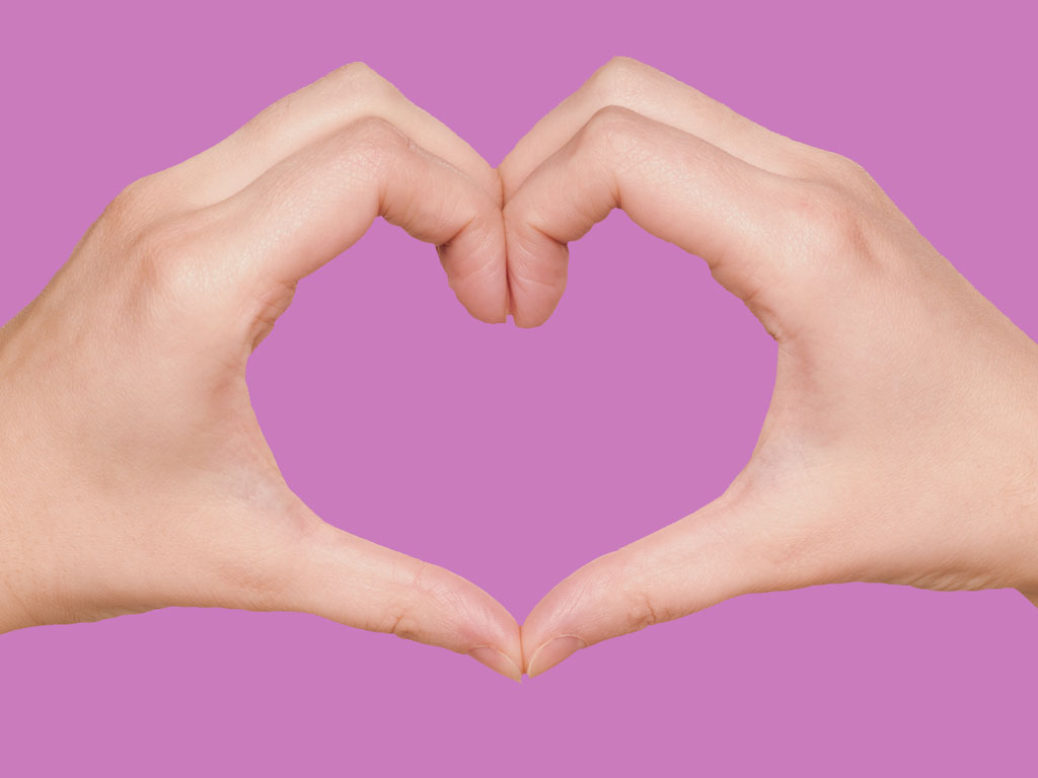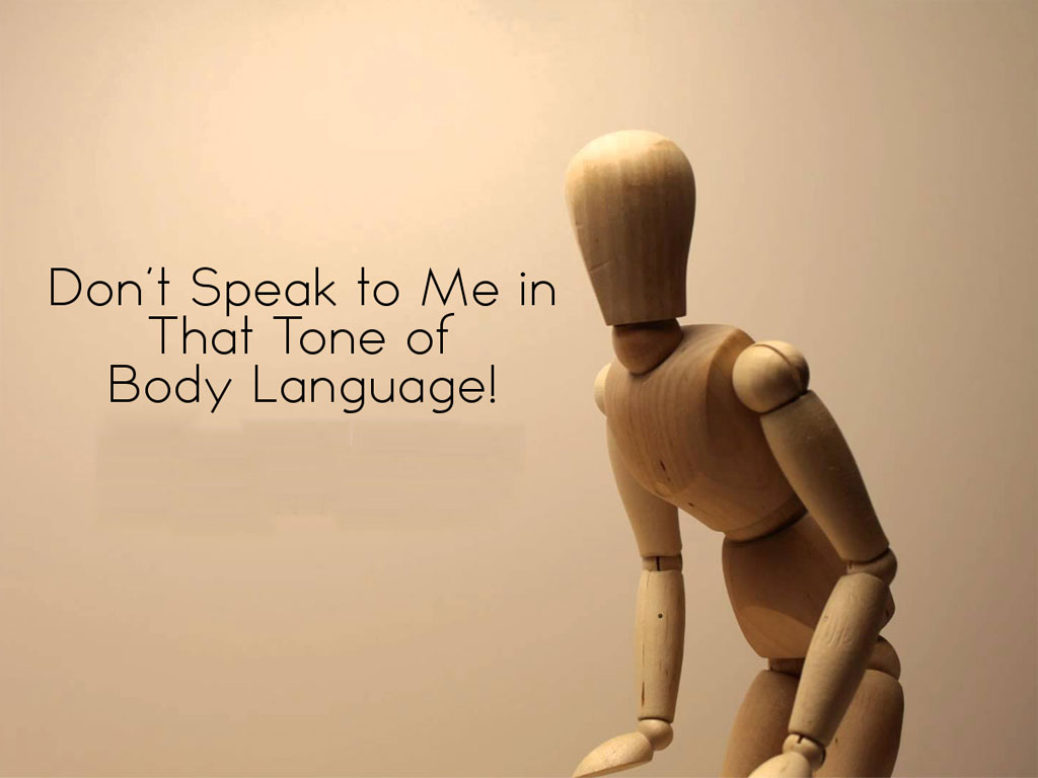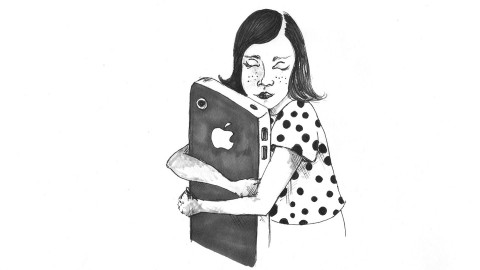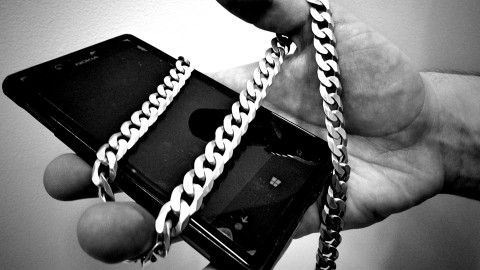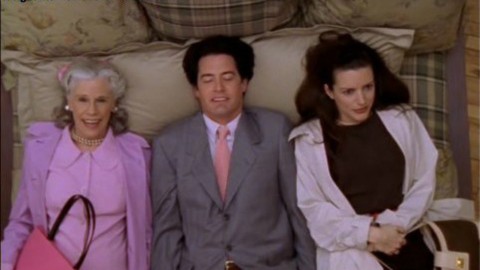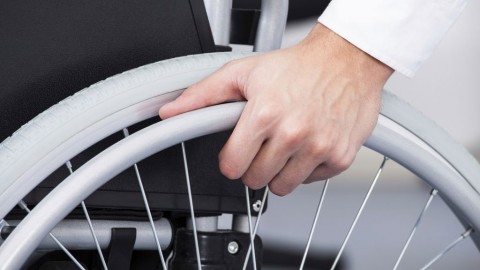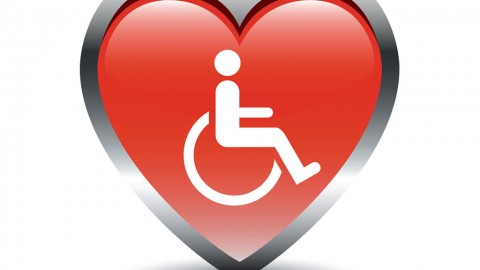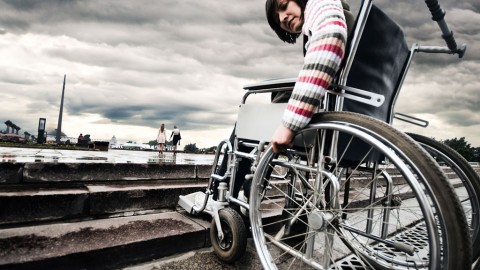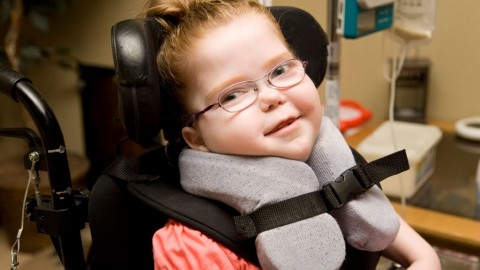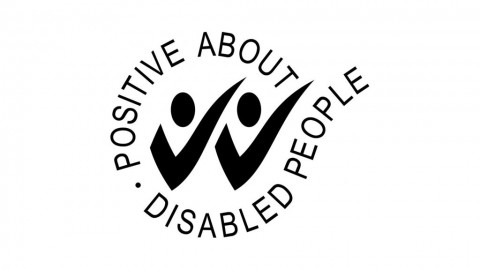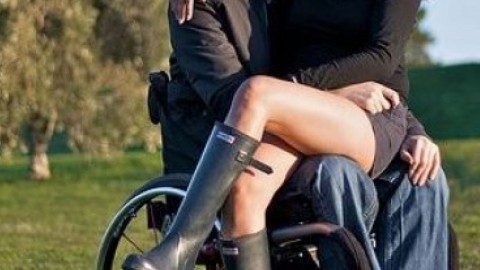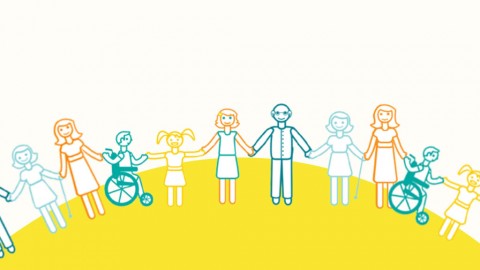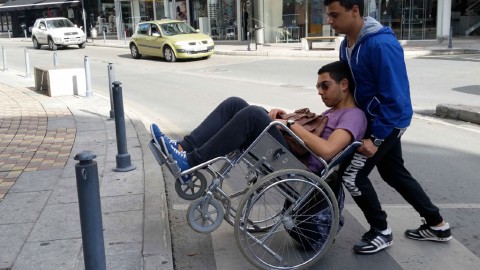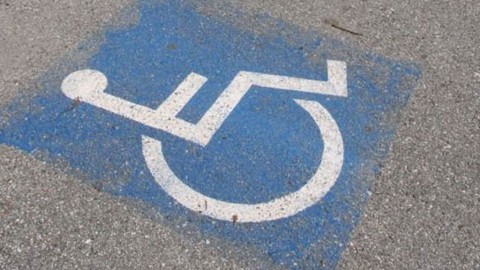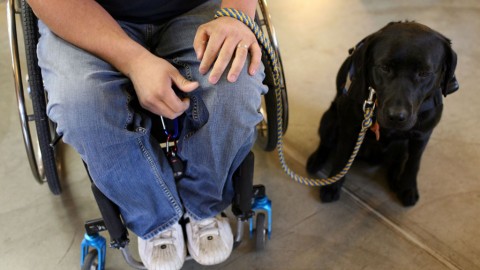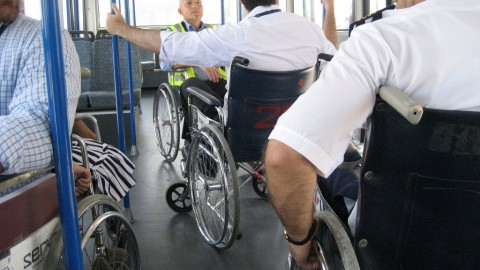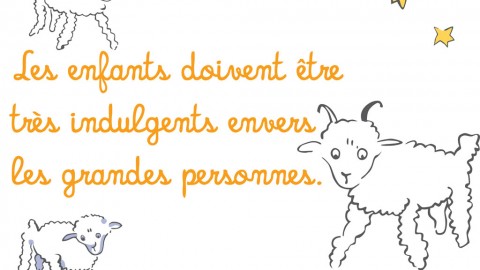Allan Pease is an internationally acclaimed expert in body language. His books have been translated into 42 languages and read by millions of people. He gives lectures in front of business executives of large organizations and conglomerations; has cooperated with politicians, scientists and market professionals; and has appeared on numerous TV shows, watched by millions of viewers.
His wife, Barbara Pease, manages Pease International (their company), which is located in Australia and produces educational material and programs for businesses and governments worldwide. Allan and Barbara have written the international best seller Why Men Lie and Women Cry, as well as The Definitive Book of Body Language (available in Greece from Esoptron Publications), which is the focus of this article.
Body language is the most basic human language – the first human language. Before even forming the first sounds, phonemes, words, speech, letters and written speech, humans were able to communicate effectively through the use of their own bodies; demonstrating affection, joy, sorrow, hostility, aggression, condescension – in short, the entire spectrum of human emotions. In fact, body language possesses certain generic and universal characteristics, which render it a “free pass” in the global environment; ergo, it is absolutely necessary for people traveling often to other countries whatever the reason may be (work, studies, recreation, etc.).
Apart from that, though, body language constitutes a particularly useful tool for understanding our everyday human environment: at work, with family, at social encounters, in public transport – pretty much in every context where people exist and move. Through body language, we can even detect the truth that lies behind the words people use or even when they do not speak; and, in extent, we can predict their behavior or decisions. As such, body language is extremely useful for those working in the sales sector; also, for anyone collaborating with others – in a way, depending on them.
I think it is vital to remark that body language exists independently of us and, therefore, the differing factor is whether and to what degree we can understand it. Experience indicates that, in general, women have an increased capacity for its understanding – something that is often misunderstood as “intuition”. In essence, intuition is the capacity to detect the contradictions between what people say and what their body language expresses. Women fare better at this because they use more regions of the brain than men do – a fact that can also explain their ability to multitask.
In The Definitive Book of Body Language, Allan and Barbara Pease have collected the latest results of global researches on body language in every level of its expression (body parts); thus the book constitutes a particularly user-friendly guide to human non-verbal communication. In this article, I will try to present some of its most important lessons, since the amount of information the book contains is enormous.
When occupying ourselves with body language, the first admission we need to do regarding human behavior is that people are not always honest – albeit consciously or not. Willfulness or mere inability to express themselves (for any given reason, ranging from cognitive insufficiency to temperament) often lead people to not say exactly what they feel or want; therefore, we need to examine their body language in order to fully understand them.
At this point, I would like to insert a particularly educational historical example: that of the first debate in the history of the United States, between presidential candidates John F. Kennedy and Richard Nixon, in 1960. Those who listened to the debate on the radio believed that Nixon had made the best impression; while those who watched the debate on television were convinced of Kennedy’s abilities – who, eventually, won the election.
A very basic movement people are used to doing is moving their head from side to side, in order to show that they disagree with something. This behavior starts from the time of breast-feeding; all of us were used to doing it when we were full and did not want more of the nipple!
According to the Pease couple, the secret to “reading” body language is a holistic approach to behavior: meaning the sum of a person’s movements and posture in the context of any given situation. For instance, while we are all aware that crossing the arms in front of the chest denotes discomfort and defensiveness, let’s keep in mind that it is also something we do when we are… cold!
As international research shows, the strongest indication that the person in front of us is lying is touching the face. This is a behavior that starts in childhood, when we used to block our mouth with the palm of our hand; something that develops into a more discreet touching of the face as we grow older. According to relevant research, touching the nose, in particular, when lying is due to the secretion of certain substances from the brain into the blood; this is caused by the stress brought on by our awareness that we are lying!
When shaking hands, the book confirms the metaphorical dimension of the expression that the dominant person is the one who has “the upper hand”, meaning the person whose hand covers the other person’s palm in relation to the vertical axis. In television, politicians seek to be placed on the left side of the camera so that they will appear to have “the upper hand”. This was something that former US president George W. Bush Jr. sought religiously. So, when someone offers you their hand with the palm facing down and you do not want to give them “control”, you can balance the handshake by shifting it to a horizontal position!
Let’s move to smiling. A true smile reaches the eyes. Therefore, people with expression wrinkles around the eyes have, in general, been more truthful when smiling in their life. Smiling just with the mouth – what we call false or forced smiling – is usually non-symmetrical and more evident on the left side of the face. Moreover, the Pease couple claim that smiling is contagious, as you may have noticed; also, as it happens with many other expressions, in difficult moments it provokes the mood that caused it. This means that if, at a difficult time, you smile truthfully, your mood will improve.
The book also explains that, in difficult moments, women usually pass one arm in front of their body in order to grasp the other arm or elbow. This defensive stance is an unconscious memory of protection that they felt during childhood (when their parents embraced or held them by the hand) that they do themselves, in order to feel protected again!
According to the authors, cigarettes, purses, briefcases, bouquets, eye glasses and any other object, which can either keep the hands busy or constitute a barrier between one person and another, is used in order to buy time or as a defense – as a mental blockage. So, if you want to pressure a smoker into making a decision, all you have to do is meet them in place where smoking is prohibited!
Of course, there are significant differences between cultures. The biggest differentiation has been observed in Asia. In specific, two men walking hand in hand is a token of respect in the Arab world – not gay friendliness! In Japan, prolonged staring is considered disrespect; while nodding does not mean “yes, I agree” but “yes, I am listening”!
The “sheltering” placement of the hands (tips of the fingers touching, tilted downwards) shows confidence; as does placing the palm on the table (power). Looking upwards when the head is tilted downwards or sideways (something that women do in general and Lady Di used a lot) provokes sympathy and inclines men to act protectively. When people cross their legs while seated, the direction to which they point indicates where they want to go. Finally, in a conference room, the person in charge is never seated with their back to the door.
And many other tips – hints that you may have noticed in people you socialize with, gestures you have made or seen – are included in this body language bible. The book is written in a simple yet clever manner, is rich in sketches and photos that visualize body language, and is divided in chapters according to the part of the body analyzed. Thus, it is very user-friendly and can help in the understanding of other people’s body language, as well as in cultivating your own body language so as to avoid faux-pas.
In closing, we should mention that the study of body language has been accused as a profiting and exploitative business, especially when it comes to salespeople. In retort, let’s keep in mind that, as any language, body language is a tool for communication between people; and, as such, it acquires the value of the cause for which it is observed or used. Moreover, the unveiling of the truth in a liar’s attitude is, I believe, of self-evident value.
current_Panos






